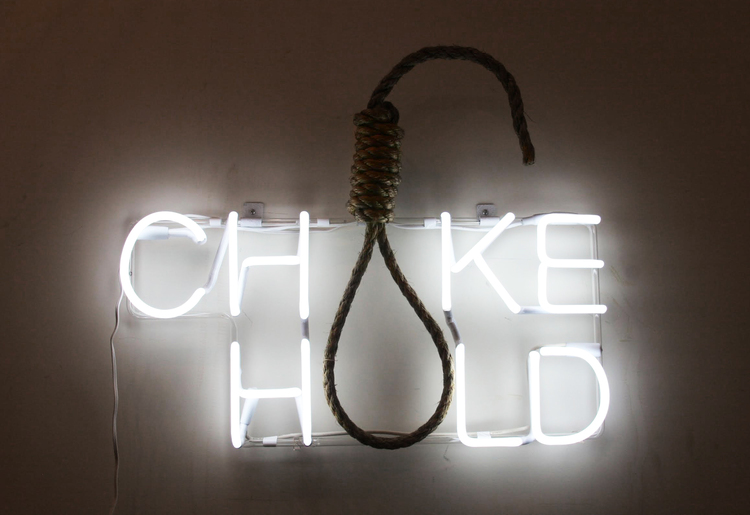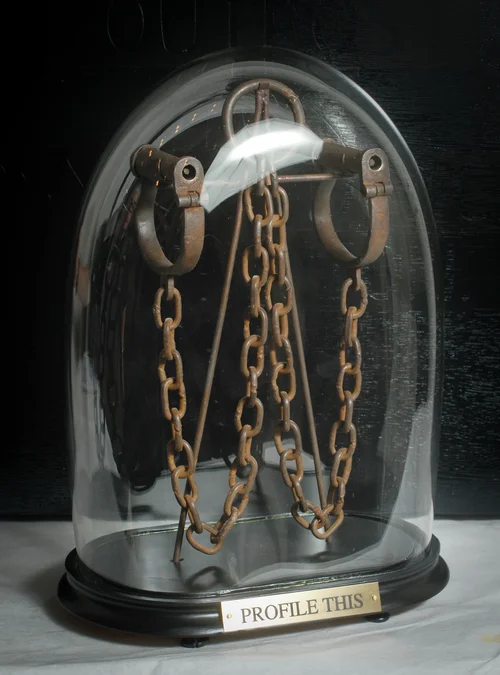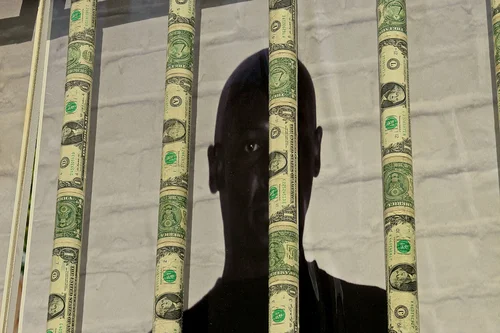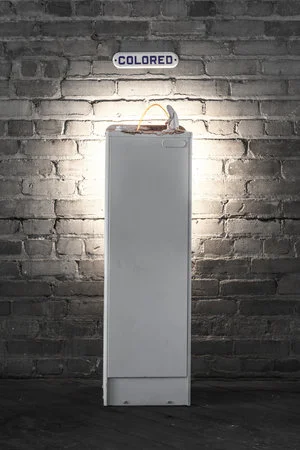TI-ROCK MOORE
Who should speak when the subject of art is racism? Is it the subject/victim only, when/if he or she is still able to speak? Or is it the perpetrator, in the zero sum game, victor-takes-the-spoils collapsing American psyche? With racism, you have two actors, two groups, a protagonist and an antagonist, a perpetrator and a victim, an Us and a Them, often, though not always, black and white. In this instance, whose voice has the authority to speak, indeed, to critique, the juggernaut of racism in the United States, that groaning, bloated, yet somehow newly recharged monster that so many people had naïvely relegated to the past? Who is responsible for her group; who is implicated by her privilege, and who by her debasement? And will the message necessarily be different if it comes from either messenger?
I acknowledge my white privilege as a direct remnant of slavery, the result of atrocities committed against others. I explore it through my acute awareness of the unearned advantage my white skin holds. White privilege controls America’s heartbeat, and our nation’s collective loss of memory, our historical amnesia, is to blame. I examine my self and identity in a critical manner; I hold my audience and me accountable for our complicity. Indeed, it is past time for white Americans to hold accountability for and stand up to the injustices of racial oppression.
My art is an expression of my activism, constantly and consistently mining the past to disrupt the present in order to secure the future. It is loud, expressing the pain and rage of our continued collective disavowal of responsibility from the very systems we uphold. My work is rooted in a critique of white supremacy and the systemic oppression of people of color in the United States, and it is reactive to the violent, vicious, genocidal, and unapologetic way in which we differentiate between each other based on race, gender, and class.






